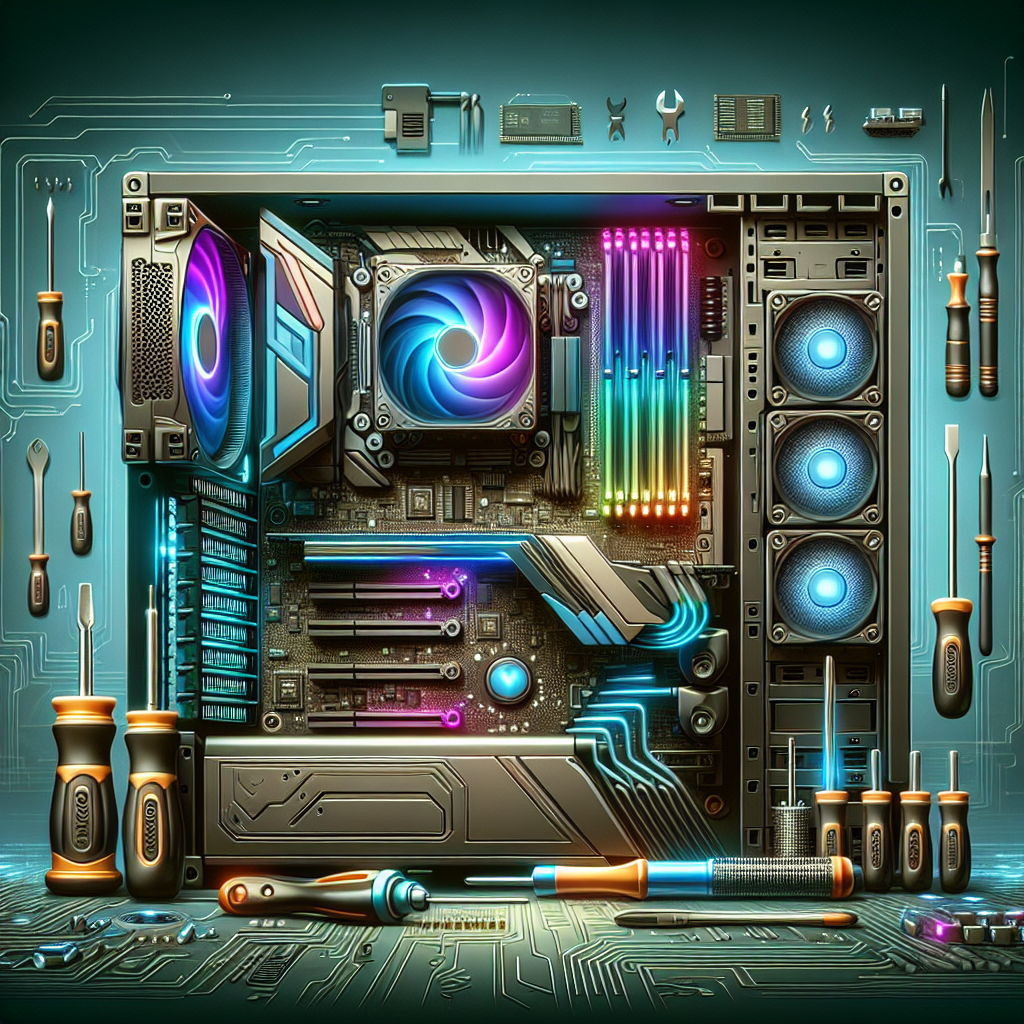Building your own gaming PC can be a rewarding and fulfilling experience. Not only do you get to customize every aspect of your rig to suit your needs and preferences, but you also get the satisfaction of knowing that you built it yourself. However, building a gaming PC can be a daunting task for beginners. With so many components to choose from and technical jargon to decipher, it’s easy to feel overwhelmed. That’s why we’ve put together this ultimate guide to building a gaming PC, complete with tips and tricks to help you along the way.
1. Set a Budget
Before you start building your gaming PC, it’s important to set a budget. This will help you determine what components you can afford and ensure that you don’t overspend. Take into account the cost of essential components like the CPU, GPU, motherboard, RAM, and storage, as well as any peripherals or accessories you may want to add later on.
2. Choose the Right Components
When it comes to building a gaming PC, the most important components are the CPU, GPU, motherboard, RAM, storage, power supply, and case. Research each component carefully to ensure that they are compatible with each other and will meet your gaming needs. Consider factors like performance, reliability, and future upgradeability when making your decisions.
3. Assemble Your Tools
Before you start building your gaming PC, make sure you have all the necessary tools on hand. This includes a screwdriver, cable ties, thermal paste, and an anti-static wrist strap. These tools will help you assemble your PC safely and efficiently, without risking damage to any components.
4. Follow a Step-by-Step Guide
Building a gaming PC can be a complex process, especially for beginners. To make things easier, follow a detailed step-by-step guide that walks you through each stage of the build. There are plenty of online resources and video tutorials available that can help you assemble your gaming PC correctly and troubleshoot any issues that may arise.
5. Test Your Build
Once you’ve assembled your gaming PC, it’s important to test it to ensure that everything is working properly. Boot up your system, check that all components are recognized in the BIOS, and run stress tests to ensure stability and performance. If you encounter any issues, refer back to your guide or seek help from online forums or tech support.
6. Customize Your Setup
Once your gaming PC is up and running, it’s time to customize your setup to suit your gaming preferences. Install your favorite games, tweak your graphics settings, and add any peripherals or accessories that will enhance your gaming experience. Don’t forget to keep your drivers and software up to date to ensure optimal performance.
Building a gaming PC can be a fun and rewarding experience, but it requires careful planning and attention to detail. By following this ultimate guide and incorporating these tips and tricks, you can build a gaming PC that meets your needs and exceeds your expectations. So roll up your sleeves, gather your tools, and get ready to embark on the exciting journey of building your very own gaming PC.

Leave a Reply
You must be logged in to post a comment.